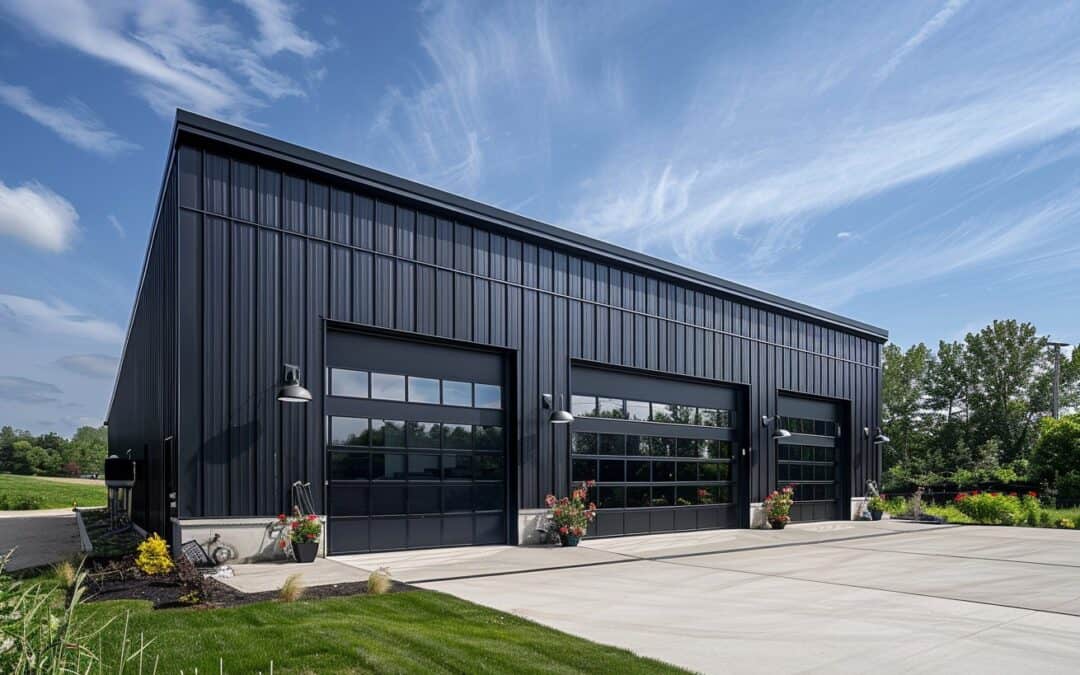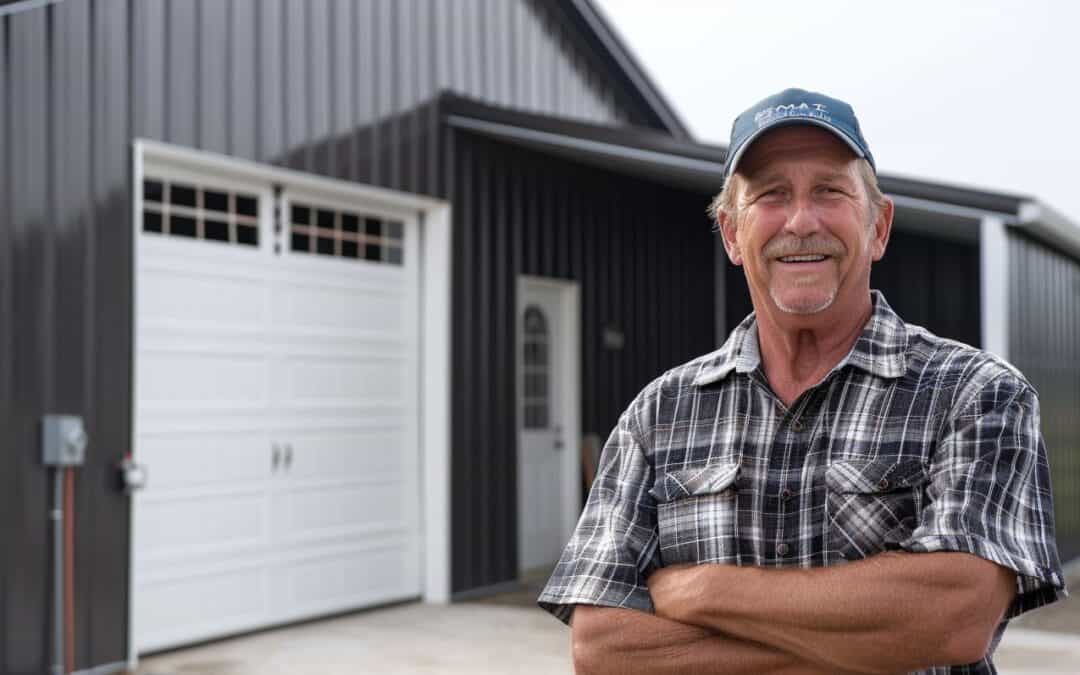Key Residential Low Slope Roofing Market Trend 2024-2033: Innovations In Ventilated Synthetic Roofing
The residential construction sector is witnessing a significant trend – the rising popularity of ventilated synthetic roofing. This novel roofing design with its multi-faceted benefits is sweeping over the market, as reported by The Business Research Company on December 16, 2024. But what key factors influence this trend? What does this entail for homeowners, architects, and construction companies alike?
Understanding The Rise Of Ventilated Synthetic Roofing
As we continue to strive for sustainable living, industries across the board have had to innovate. One such example is the construction industry, which has embraced various eco-friendly alternatives over the years.Ontario steel buildings have seen similar trends, reflecting global shifts in technology and design. Now, the rise of ventilated synthetic roofing is setting a new norm in residential low slope roofing.
So, what makes this trend noteworthy?
Energy Efficiency
The primary idea driving ventilated roofing is thermal regulation. With global temperatures climbing, a means of curbing indoor heating has become a necessity. Ventilated synthetic roofs are designed to improve air circulation, with ventilation layers facilitating efficient cooling during hot summer months, and retaining warmth in winter.

The Impact on the Roofing Industry
The ongoing implementation of environmentally friendly practices and tools in construction has revitalised the material industry. The shift towards ventilated synthetic roofing signifies a drastic change, redefining industry standards and propelling the demand for fresh skillsets and expertise.
Trends In Global Construction
The global inclination towards sustainable building practices is no longer restrict to a particular region or sector. Instead, it has encompassed all facets of construction, from material selection to design principles.
What The Future Holds
With estimates pointing towards a steady increase in ventilated synthetic roofing over the next decade, one cannot ignore the inevitable influence on domestic and international markets. Furthermore, recognizing this market trend is beneficial for those looking to create a home that is both aesthetically pleasing and environmentally friendly.
In conclusion, the rise in demand for ventilated synthetic roofing represents a significant shift in the residential construction market, driven by sustainability concerns and advanced technologies. As we progress towards 2033, we can anticipate further developments and innovations in the field. Given the current trend, it’s worth considering whether ventilated synthetic roofing is the future of residential low slope roofing.
We invite our readers to drop comments and share insights about their experiences with ventilated synthetic roofing. Your inputs are valuable as it contributes to a broader understanding of the residential construction industry.
Source: Original News Source



